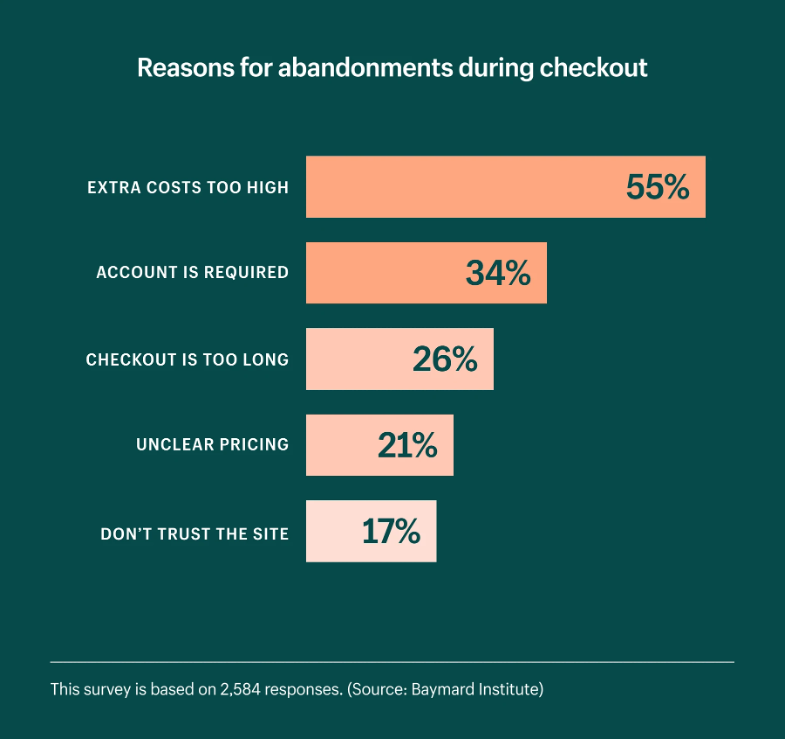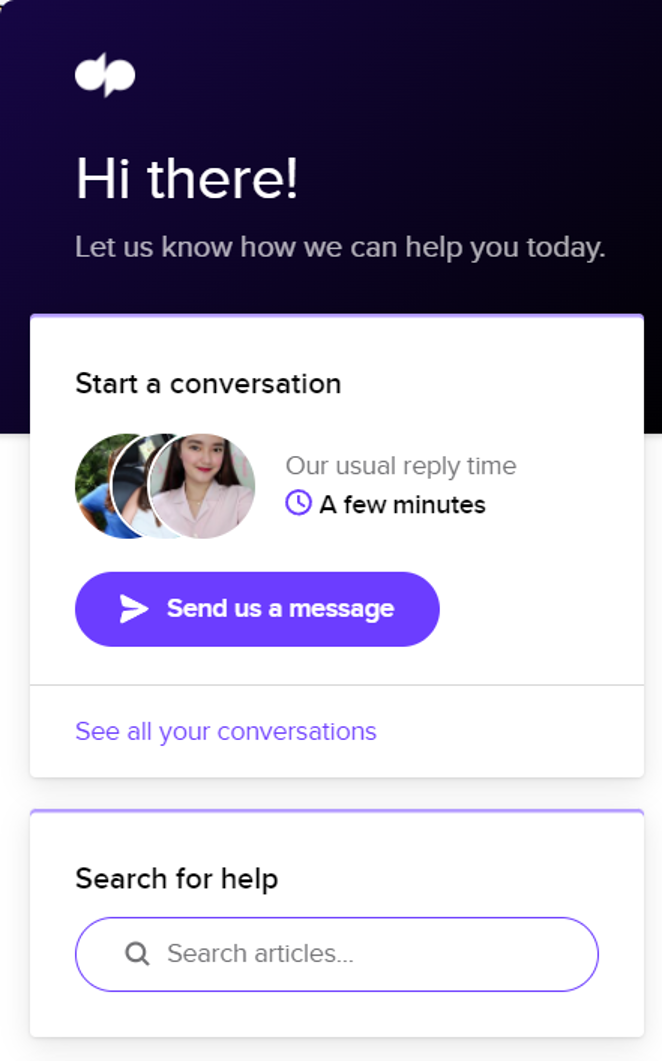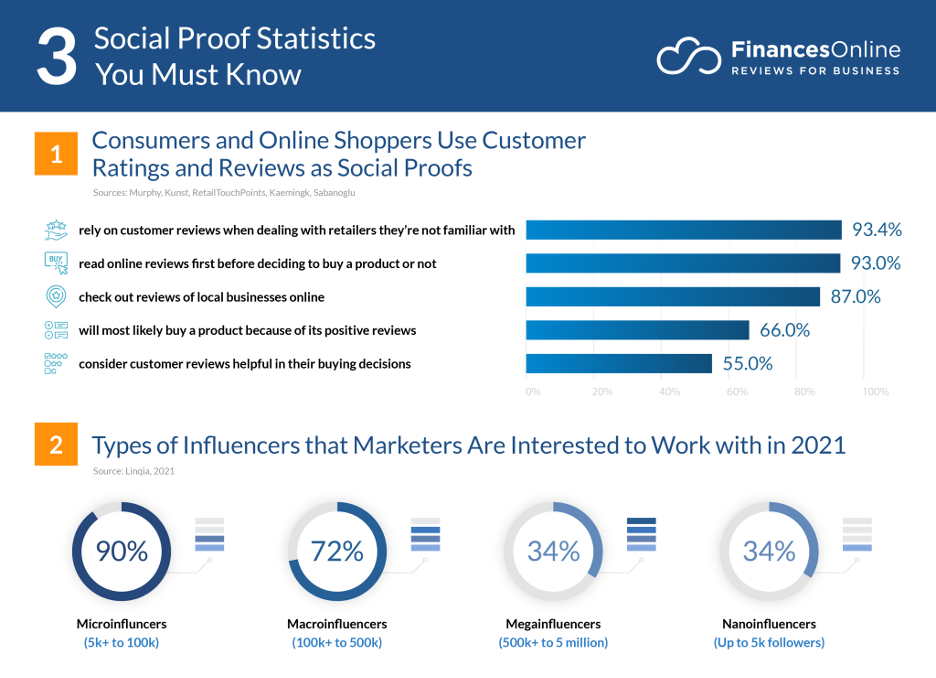10 Practical Tips to Drastically Reduce Shopping Cart Abandonment Rate
Posted on
Shopping cart abandonment is one of the most frustrating problems in ecommerce. It means you’re doing almost everything right. But at the last minute, you’ve missed out on an interested customer. With around 76% of carts in the Middle East being abandoned before checkout, what could be going wrong?
Online shopping cart abandonment can be caused by a range of things, but luckily there are plenty of ways to tackle the problem. Let’s look at ten practical tips you can employ very quickly.
1. Improve shipping
According to the Baymard Institute, the number one cause of cart abandonment is extra costs (and that often means shipping!).
Many retailers avoid being upfront about shipping costs, hoping to slip them in at the checkout stage as if they’re an afterthought. Unfortunately, this tends to have the opposite effect to it’s intent – customers notice, and often leave.
One way to avoid this is to make your shipping costs clear earlier in the purchase journey. However, this alone may not increase successful conversions. Price-sensitive customers who would have abandoned their cart are instead likely to abandon the purchase at the browsing stage.
Getting your customer the most attractive shipping cost should be central to your ecommerce pricing strategies. Negotiate with your carriers and see if you can provide a flat cost. Alternatively, use tiered pricing or provide free shipping above a certain order value.
2. Use your returns policy as a selling point
One reason your customers abandon their cart is that they’re almost sure they want the product but they’re not sure about your returns policy.
Luckily, this is an easy fix. Make sure your returns policy is easy to find, and easy to understand. It should be so good that it becomes a selling point, and your customers should know about it at the start of the checkout procedure – maybe even during their initial browsing. Display it prominently across your site, from the product page to the confirmation email.
If a customer has any doubt in their mind about buying, a clear returns policy removes it as an obstacle to purchasing.
3. Tell them your USP
Often, people abandon their shopping carts to compare your competitors’ offerings to your own. You can prevent this by emphasizing your unique selling point (USP) at every stage of the purchase journey.
Review your product photography/imagery, A/B test your product page’s layout or optimize product feed text ads to make your USP as prominent as you can. You might be emphasizing what makes your product unique. Alternatively, if you’re selling a similar product to your competitors, emphasize what makes your service unique. Maybe you offer very good shipping rates, or a uniquely good returns policy.
Your USP shouldn’t just be prominent on your website. Make sure everyone in your sales, marketing, and customer support teams know your USP by heart. By making it prominent across the whole purchase journey, you can make your competition irrelevant in the mind of the customer long before they’ve reached the checkout.
4. Employ live chat
Your customers might abandon their shopping carts because there’s an aspect of the product, shipping, or return policy they’re not sure about. If the customer has a question like this, it could prevent them from ordering. You want to be able to answer those questions in an instant.
Providing a live chat service on your site is a great way to address these questions. This could be a text chat window, voice chat, or free video calls. If you can’t have someone online 24/7, implement a chatbot that can answer questions or refer customers to your email.
Talking directly to your customers is also a great way to gather data on their concerns. If you keep hearing the same issues, make the answers to those questions clear on the product page or add them to your FAQ page. You could even add that information to your chatbot so it can answer the customer directly.
5. Remove distractions
In the world of online shopping, attention spans are short. According to CrazyEgg, a one-second delay in loading means 7% less conversions (not to mention the 16% decrease in customer satisfaction). It’s not just load speed that counts, however.
If your site is cluttered or asks too much of the customer, they might get distracted and abandon their cart.
Test your purchase journey from browsing to purchase and look for distractions. If you’re offering a lot of special offers, pop-ups, or upselling in your purchase journey, consider removing one of them in an A/B test. You want the journey from browsing to purchase to be as fast and easy as possible.
Consider the example of Stripe, the global payments provider who arrived in the Middle East in 2021. When Stripe asks for a customer’s credit card information, they don’t ask for their address. They only ask for a postcode, which they can use to work out the address. They don’t ask the customer to select their credit card provider, because this information is encoded in the credit card number.
Each step automated by Stripe is a step less for the customer to do – and the easier a purchase is, the more likely it is to happen.
Consider how much effort you ask of your customer in the purchase journey, and think creatively about how much of that you can remove. Many Shopify themes are built with simplicity in mind, but you can customize them to improve your customer journey.
6. Use reviews or testimonials
If your customer is having second thoughts about your product and abandoning their cart, it might be because they don’t have enough social proof. In a B2C context, you might encourage customer reviews on your site. This allows browsers to see how other customers have liked your products after purchase.
If you’re selling a B2B product or service, like work force management solutions or cloud storage, then your customers will be making more considered decisions about purchasing from your site. This gives you the opportunity to provide more in-depth social proof such as case studies and testimonials. Make a habit of collecting these from your clients,and keep track of this in a CRM or project management system such as Salesforce, a Bitrix24 alternative, or Asana.
7. Make it easy to change orders
One common point of frustration for online shoppers is changing their orders at the last minute. If your customer decides they want another item, just before they’re about to click “Buy”, sites often aren’t designed to make it easy to change this order. This isn’t good for your customer experience, and it leads to cart abandonment.
If your customer has to cancel their current purchase or go back to your main site to amend their order, they’ve just abandoned their cart. Whether they come back is out of your control.
Can your customers change their order within the checkout procedure? At the very least, they should be able to change the number of items they’re ordering. If your product comes with accessories or optional add-ons, make it easy for the customer to add these deep into the checkout process.
If your customer is in the checkout they’re obviously ready to buy, so this is a good time to make a last-minute sale on top of what they’re already ordering.

8. Offer payment options
It’s become more and more common for online retailers to provide flexible payment offers. In late 2021, “buy now, pay later” solutions are almost standard for high-ticket items where price might put a customer off.
You should also offer as many payment methods as you can, from bank transfer, to credit card, to speedy solutions like Apple Pay, Union Pay International or mada. If your customer doesn’t have their credit card to hand, the delay this causes could lead to them abandoning their shopping cart.
9. Make it urgent
Give your customers a reason to buy here and now. If you’re selling a similar product as your competitors, you only have outstanding service to compete on. As we’ve mentioned, price-sensitive customers will think of comparing your offering to competitors. Make sure your product pages highlight the benefits of shopping from you.
That could be anything from your excellent returns policy, your low shipping costs, or your flexible payment options. It’s also worth considering limited-time offers. These can either happen via a pop-up at checkout or in a follow-up email (more of those in a moment).
10. Use marketing tactics
There are lots of marketing tips to reduce shopping cart abandonment outside of your website. Three key tactics are:
Retargeting
Platforms like Facebook and Google make it easy for you to deliver ads to people who have visited your site already. Consider delivering adverts to customers who have abandoned their shopping carts. This is a proven tactic for bringing customers back to finish the purchase.
This can have a great return on ad spend (ROAS) if you employ performance marketing. What is performance marketing? It’s when your advertising partners or affiliates get paid when an agreed-upon action is taken. This could be a clickthrough or a successful conversion. This allows you to cast a wide net without breaking the bank.
Exit pop-up
If your customer is at the checkout and about to click to another page on your site – or another window entirely! – an exit-intent pop-up can help. Your pop-up could do anything from offering a limited-time discount to asking for the customer’s email. This could convince the customer to complete the purchase then and there, or give you a chance to send a follow-up email.
Follow-up emails
A personalized follow-up email can help get customers back to complete their purchases. Include the customer’s name if you have it, and make sure it’s based on their browsing history.
If you’re not just emailing to remind them of their abandoned purchase, tailor the email to the product category they abandoned. Offer your customer a clear method to contact you directly. This allows you to answer any questions that might have prevented them from buying.
Try new things
One or all of these ten tips could drastically reduce your shopping cart abandonment rate. A lot of these tips will benefit all of your customers as an additional benefit, so it’s worth taking the time to A/B test anything that looks like it would suit your business. Who knows – the results may surprise you!

-Jessica Day is the Senior Director for Marketing Strategy at Dialpad, a modern business communications platform with A2P SMS that takes every kind of conversation to the next level—turning conversations into opportunities. Jessica is an expert in collaborating with multifunctional teams to execute and optimize marketing efforts, for both company and client campaigns. Here is her LinkedIn



